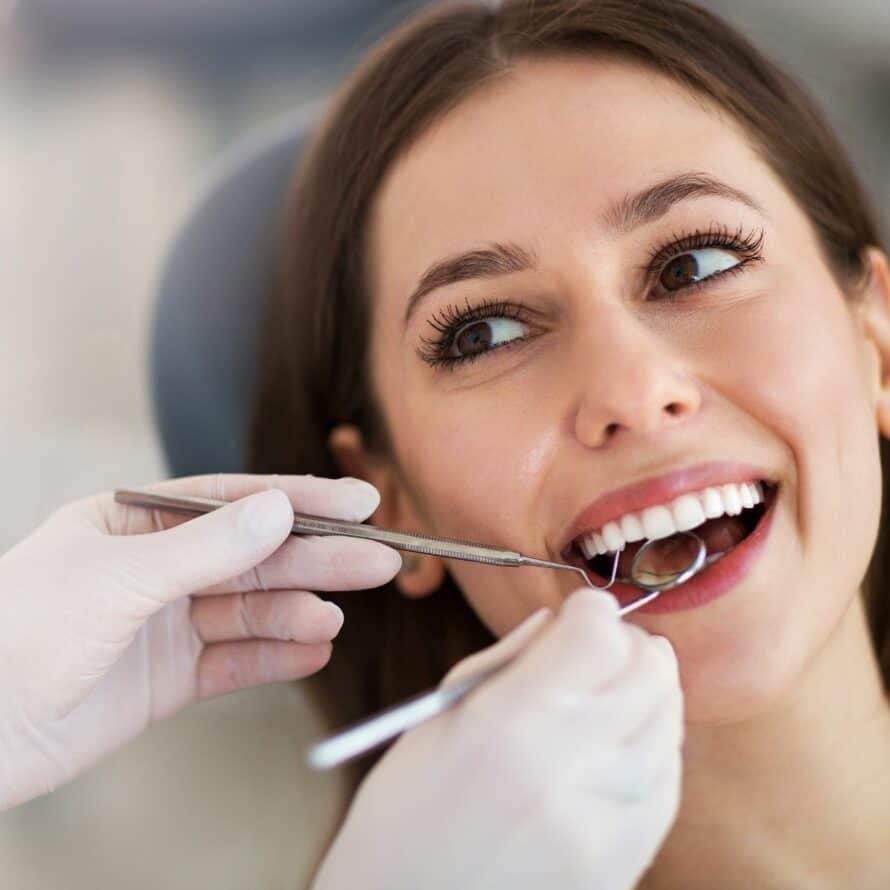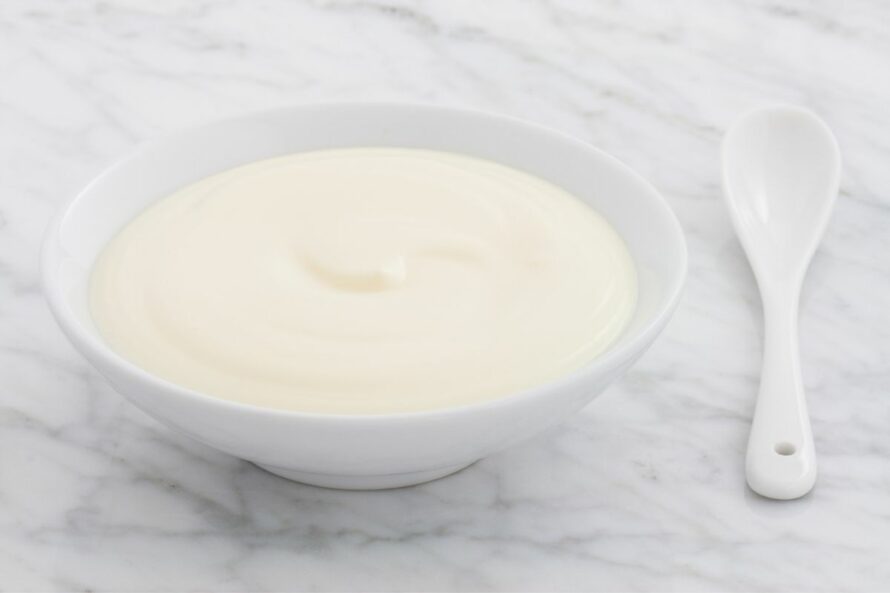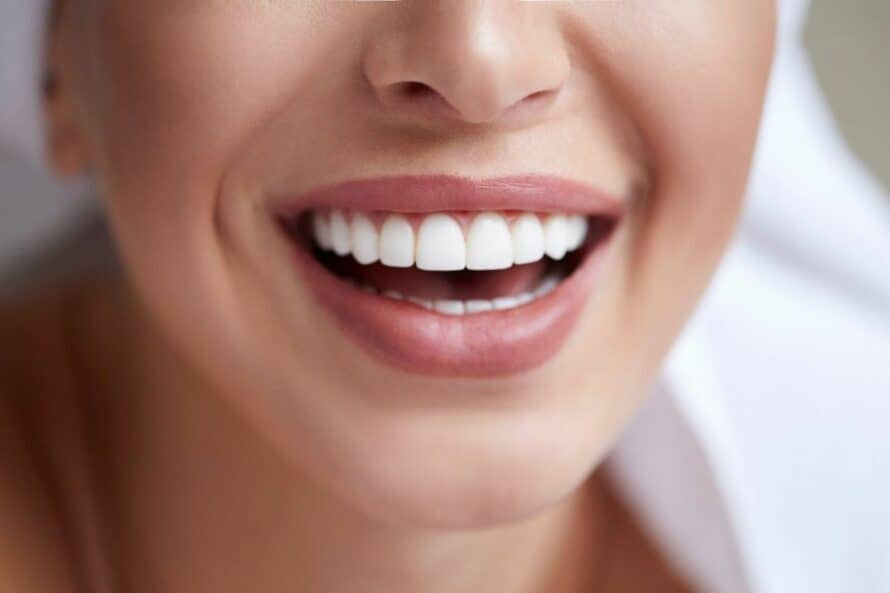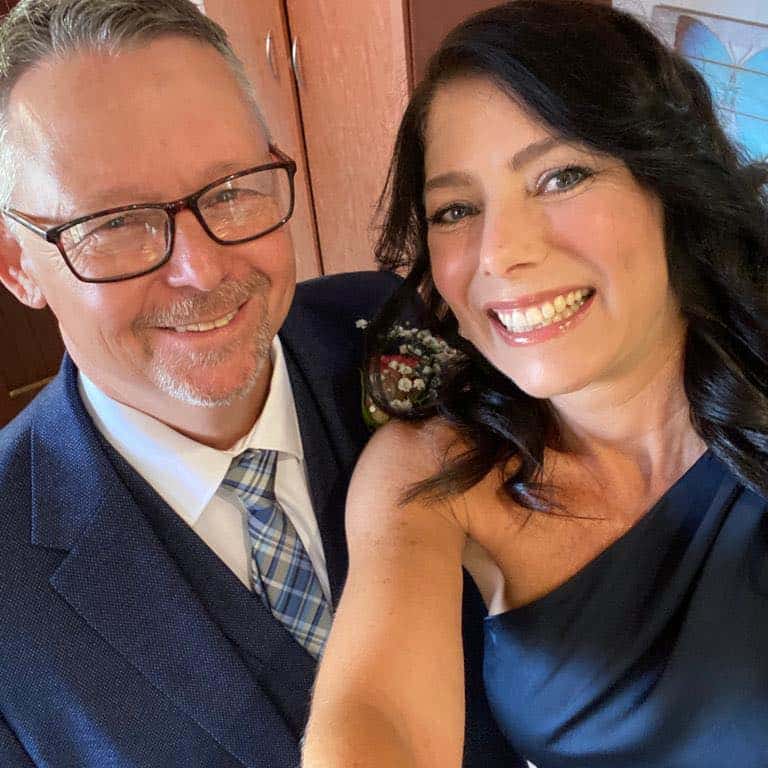When Can I Eat After Tooth Extraction? (What to Eat When)
This post may contain affiliate links. All opinions shared are my own. As an Amazon Associate I earn from qualifying purchases. Click to view our full disclosure.
All content is created by humans – not AI.
Having a tooth removed is often a simple dental surgery. But recovering after an extraction can be difficult if you’re not sure about your aftercare instructions. One of the biggest concerns many people have is, “When can I eat after a tooth extraction?”
Knowing the best foods to eat and when is the best way to avoid complications after your tooth is removed. Follow these simple rules to ensure your recovery is quick and painless!

Taking care of yourself after a tooth extraction is extremely important. That’s because disregarding the aftercare instructions provided by your dentist or oral surgeon could cause more problems down the road. Luckily, knowing what to eat and when is the biggest thing you’ll need to remember after your surgery.
When Can I Eat After Tooth Extraction?
Typically, you can begin eating within a few hours of your surgery. But there are several restrictions you need to keep in mind before you start consuming food. These 4 tips can help you reduce the risk of complications.
1. Avoid foods that require chewing.
The most important factor to remember about your menu in the hours right after tooth surgery is that you should avoid any foods that require you to chew. There are a few reasons for this. First, chewing may cause pain and discomfort in the area where the tooth was removed. And it may be difficult to chew while the anesthesia is wearing off. That’s why it’s a good idea to avoid solid food for at least the first 24 hours after surgery.
2. Don’t use a Drinking straw.
Enjoying liquids, like water, and frozen treats, like milkshakes and smoothies, are great options after a tooth extraction. But it’s important that you do not use a straw when drinking those liquids. The sucking motion through a straw could result in dry sockets. This is a painful side effect that often comes after a tooth extraction. Instead, make sure to sip your drinks or use a spoon.
3. Stay away from hot foods.
During the first few days of recovery, it’s also a good idea to avoid hot foods. Hot foods increase the blood flow around the wound, which could dislodge the clot and cause the area to start bleeding. While smooth soups, like bone broth and chicken noodle soup, are good food choices during your recovery, make sure they’re served lukewarm.
4. Avoid alcohol.
Since you will probably be on pain medication to ease the pain that comes along with recovering from a tooth extraction, make sure to avoid all alcohol during your recovery. Alcoholic beverages can have negative interactions with most pain medications and could also negatively impact the effectiveness of other medications, like antibiotics.
During the first few hours after surgery, up to the first 24 hours, there are a limited number of foods you can enjoy. At this stage of your recovery, liquid foods or very soft foods are good options.

These soft foods include:
- Ice cream (with no added elements, like candy or crunchy pieces)
- Jell-O
- Pudding
- Plain yogurt or Greek yogurt (without added fruits)
- Applesauce
- Mashed potatoes and sweet potatoes
- Instant oatmeal
- Rice cereal
- Broth-based warm soups (served lukewarm)
- Blended soups (served lukewarm)
- Mashed bananas
- Avocado
- Pureed pumpkin or butternut squash
- Smoothies and shakes (without a straw)
- Hummus (without chips or crackers)
- Baby food
- Mousse
- Popsicles
- Fruit juices
- Scoop of protein powder
How long after A tooth extraction can I eat?
While it’s important to stay away from solid foods during the first few hours after your surgery, you can begin to incorporate soft foods back into your diet after 24 hours. Foods that require minimal chewing can be added into your daily routine. But as you start to incorporate more foods into your diet, make sure to avoid chewing on the side of your mouth where the tooth was removed.

After the first 24 hours, you can start to introduce other soft foods into your diet, including food like:
- Scrambled eggs
- Pancakes
- Soft bread
- Cottage cheese
- Salmon
- Tuna
- Beans
- Soft fruits, like mangos
- Canned fruit, finely chopped
- Soft vegetables, like peas
- Rice
- Risotto
- Tofu
- Well cooked pasta
- Ground meat, like beef, turkey, or chicken
- Polenta
- Cheesecake
What can I eat 4 days after tooth extraction?
After the four-day mark, your pain should be subsiding, allowing you to begin to incorporate even more foods into your diet. In fact, you can begin to eat your usual foods three to four days after the surgery. It’s important to keep in mind that you should avoid chewing your food on the side of your mouth where the tooth was removed for at least the first two weeks after your surgery.
And while you can begin to add most normal foods back into your diet, there are a few types of foods to steer clear of for the first couple weeks of recovery.
Foods to Avoid After a Tooth Extraction
- Sticky foods (like candy)
- Crunchy foods (foods with a crunchy texture such as chips and popcorn)
- Acidic foods (like citrus fruits)
- Small pieces (like grains and seeds)
- Chewy foods (like tough cuts of meat)
- Spicy foods
- Very hot foods
Staying away from these types of foods until your gum and jawbone are fully healed will ensure a smooth recovery after your tooth extraction surgery.
Other Recovery Tips
It’s important to follow your oral surgeon’s post-op instructions for any dental procedure. This will help your healing process go smoothly.
Also, taking time to recover and consuming only the best foods will help the recovery process and help prevent issues occurring at the extraction site.

Common Issues After a Tooth Extraction
The most common issue with a tooth extraction procedure or wisdom teeth removal is dry socket. This can be really painful and delay healing.
Also, if you experience a temperature, discharge at the extraction site, bad breath, or pain swallowing, the surgical site may be infected, and you should consult your doctor. Numbness is also an issue associated with tooth extraction; however, permanent numbness is rare.
What Causes Dry Socket?
Dry socket typically occurs when a patient drinks from a straw, smokes, or has had a complicated removal surgery. If you think you have dry socket, you will need to schedule an appointment with your surgeon.

We hope this list of soft foods and tips help you after a wisdom teeth extraction!
Now that you have the list of foods and tips, we hope you’ll make a special trip to the grocery store before your wisdom teeth surgery!




